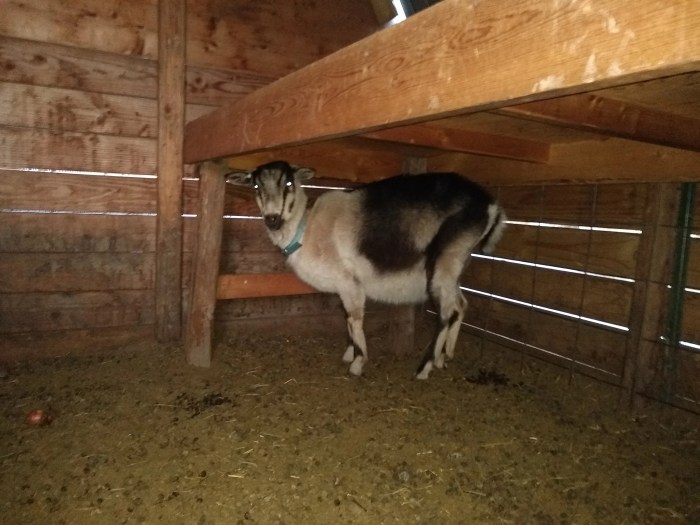Goat contractions 2 minutes apart signal a crucial stage in the birthing process, marking the transition from early to active labor. Understanding the significance of these contractions and their role in labor progression is essential for goat owners and breeders.
This comprehensive guide delves into the intricacies of goat labor, providing insights into contraction frequency, labor stages, monitoring techniques, and potential complications.
As contractions intensify and occur more frequently, they serve as a natural indicator of the goat’s progress through the stages of labor. By closely monitoring contraction patterns and other labor signs, owners can assess the health and well-being of both the mother and the kid.
Goat Contractions 2 Minutes Apart
When a goat’s contractions occur 2 minutes apart, it indicates that labor is progressing steadily. The frequency and intensity of contractions provide valuable information about the stage of labor and the well-being of the doe and kid(s).
Contraction Frequency and Timing
During the active phase of labor, contractions in goats typically occur 2-5 minutes apart. As labor progresses, the intervals between contractions shorten, indicating increased uterine activity.
Normal Range of Contraction Intervals in Goats
- Early labor: 5-10 minutes apart
- Active labor: 2-5 minutes apart
- Expulsion phase: 1-2 minutes apart
Stages of Labor and Progression

The frequency of contractions helps determine the stage of labor:
Stage 1: Dilation
Contractions are initially irregular and occur every 5-10 minutes. As the cervix dilates, contractions become more frequent and intense, occurring every 2-5 minutes.
Stage 2: Expulsion, Goat contractions 2 minutes apart
Contractions become strong and occur every 1-2 minutes, resulting in the expulsion of the kid(s).
Monitoring and Assessment

Monitoring contraction frequency and intensity is crucial:
- Observe the doe’s behavior and body language.
- Assess cervical dilation and fetal presentation.
- If contractions are 2 minutes apart but labor is not progressing, seek veterinary assistance.
Intervention and Management

Intervention may be necessary if contractions are 2 minutes apart but labor is not progressing:
- Administering oxytocin to stimulate contractions.
- Performing a cesarean section if fetal malpresentation or uterine inertia occurs.
Complications and Troubleshooting: Goat Contractions 2 Minutes Apart
Potential complications include:
- Fetal malpresentation: Misalignment of the kid(s) in the birth canal.
- Uterine inertia: Failure of the uterus to contract effectively.
Care and Support
Provide a comfortable environment:
- Assist with positioning to facilitate labor.
- Monitor for any signs of distress in the doe or kid(s).
Quick FAQs
What is the significance of contractions occurring 2 minutes apart in goats?
Contractions 2 minutes apart indicate active labor in goats and signal the imminent delivery of the kid.
What is the normal range of contraction intervals in goats during labor?
During active labor, contractions typically occur every 2-5 minutes, with each contraction lasting 30-60 seconds.
How can I monitor the progress of labor based on contraction frequency and intensity?
Regularly observe the goat’s behavior, contraction intervals, and intensity. Record these observations to track labor progression and identify any potential issues.